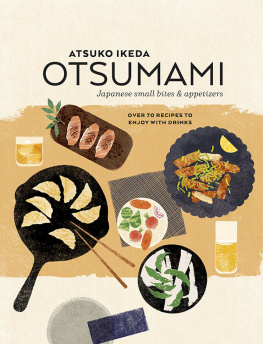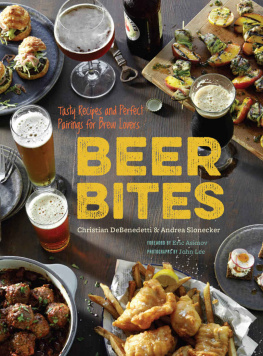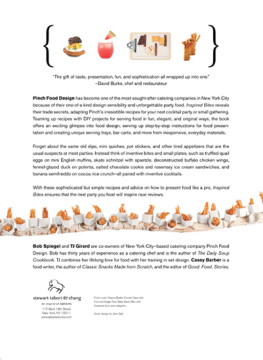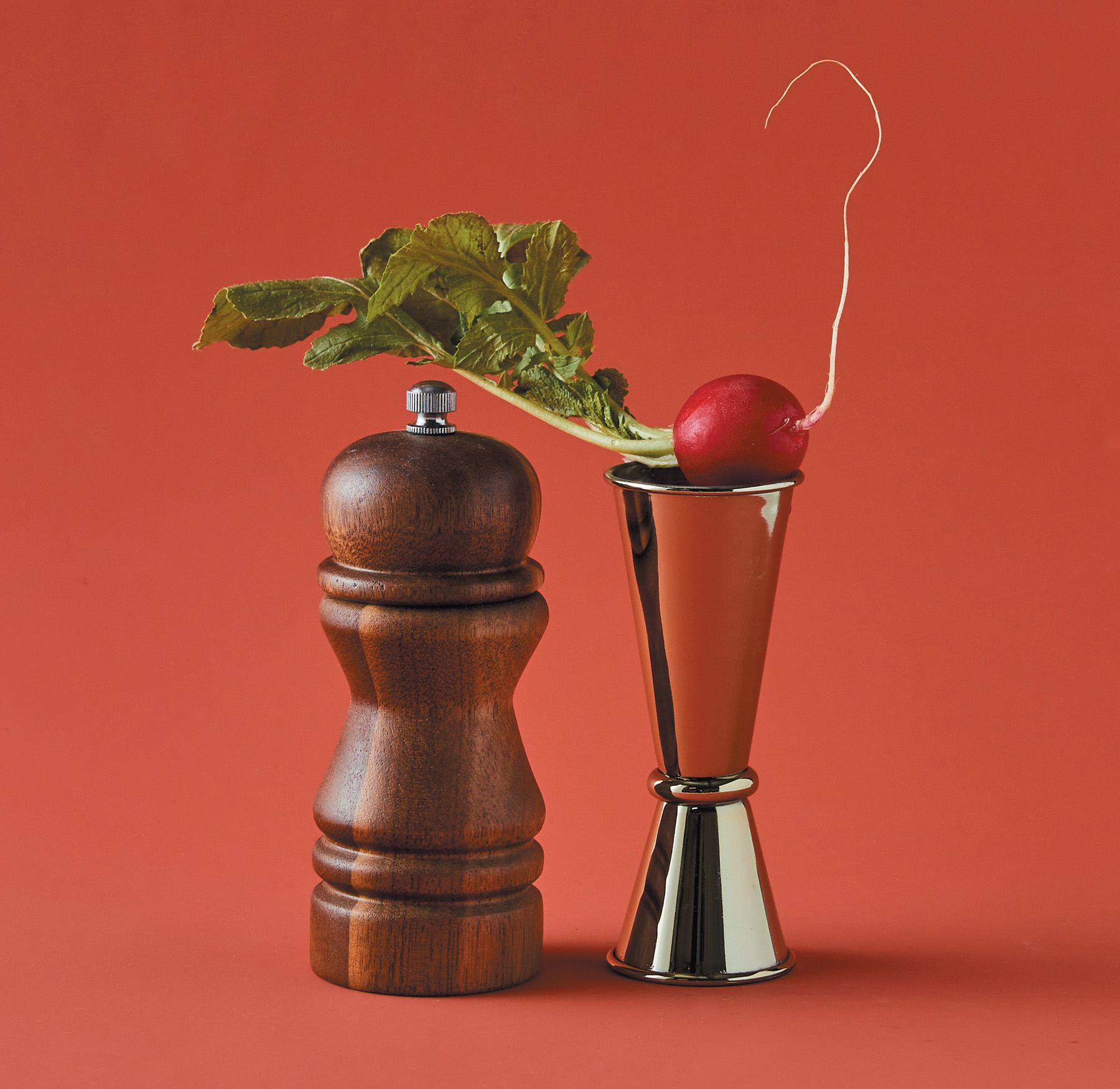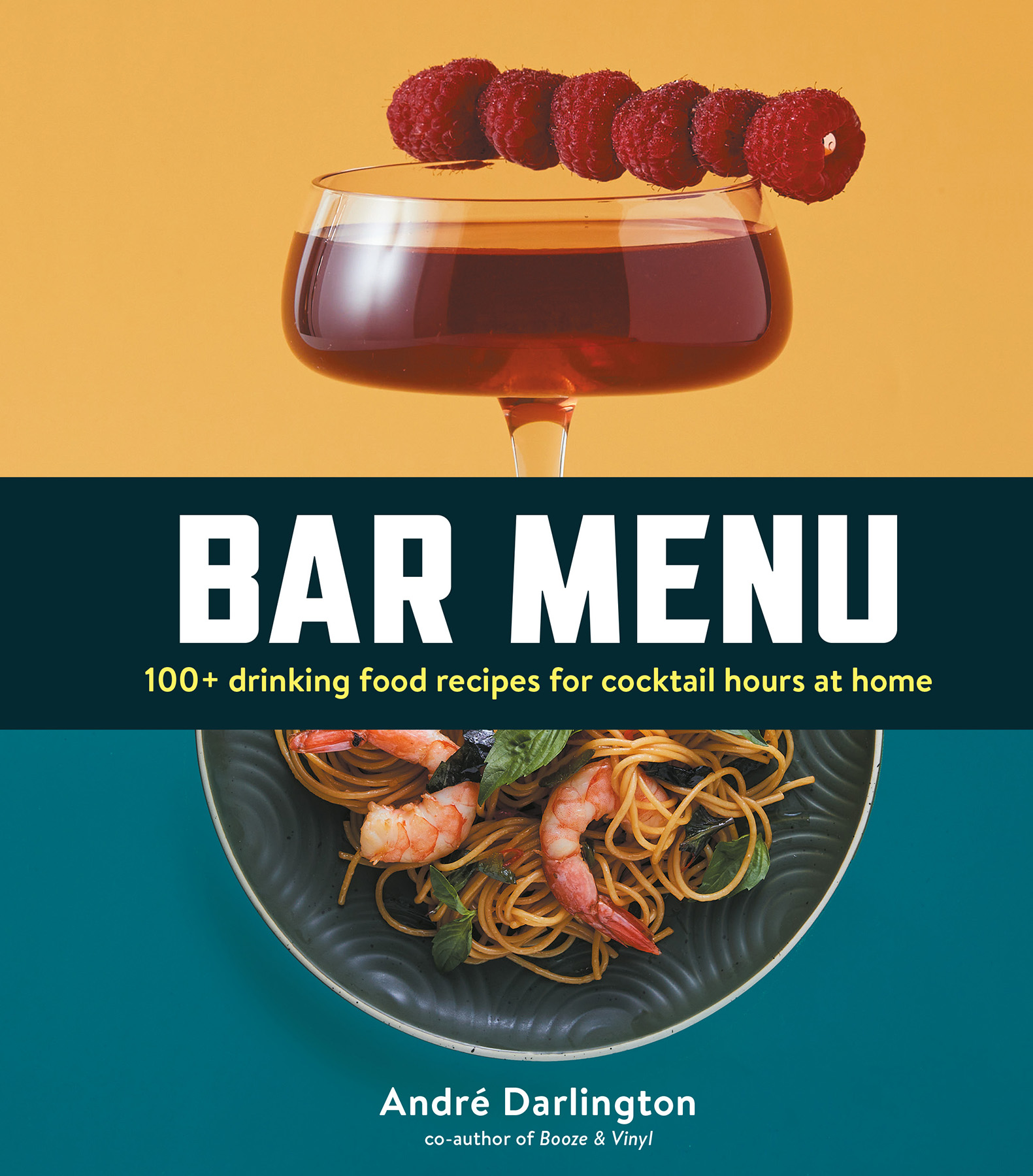
Copyright 2022 by Andr Darlington
Interior and cover photographs copyright 2022 by Neal Santos
Cover copyright 2022 by Hachette Book Group, Inc.
Hachette Book Group supports the right to free expression and the value of copyright. The purpose of copyright is to encourage writers and artists to produce the creative works that enrich our culture.
The scanning, uploading, and distribution of this book without permission is a theft of the authors intellectual property. If you would like permission to use material from the book (other than for review purposes), please contact permissions@hbgusa.com. Thank you for your support of the authors rights.
Running Press
Hachette Book Group
1290 Avenue of the Americas, New York, NY 10104
www.runningpress.com
@Running_Press
First Edition: October 2022
Published by Running Press, an imprint of Perseus Books, LLC, a subsidiary of Hachette Book Group, Inc. The Running Press name and logo are trademarks of the Hachette Book Group.
The Hachette Speakers Bureau provides a wide range of authors for speaking events. To find out more, go to www.hachettespeakersbureau.com or call (866) 376-6591.
The publisher is not responsible for websites (or their content) that are not owned by the publisher.
Library of Congress Control Number: 2022930288
ISBNs: 978-0-7624-7436-3 (hardcover); 978-0-7624-7437-0 (ebook)
E3-20220903-JV-NF-ORI
To the barflies, helpmates, and critics who have populated my kitchens
It is the destiny of mint to be crushed.
Waverley Root
Food is the curse of the drinking classes.
Kingsley Amis

I grew up at the end of the in-home hors doeuvre and canaps age, a time when middle-class Americans threw rather formal cocktail parties regularly. Such hospitality was part of the social fabric of the country in those days, an extended era of civilized entertaining that followed World War II. This culture was accentuated in my household, I believe, because my father was a concert violinist. My childhood featured many a postperformance buffet and light luncheon; weekends were a profusion of toothpicked meat, balled melon, and stuffed mushrooms. There were mousses and savory gelatin molds, deviled eggs, liver pts, and all manner of things folded into puff pastry. It was a world where musicians and the etiquette-inclined still wore tuxedos and gowns. I spent hours hovering awkwardly at these parties, trying to avoid conversation and grabbing handfuls of cocktail nutsthose giant Brazil nuts being the most prized.
The postWorld War II cocktail party boom had its own bibleJames Beards book Hors dOeuvre and Canapsa well-worn tome that competed with my mothers dog-eared copy of The West Point Hostess (my father was stationed at West Point during the Vietnam War). It was a timeless world with equally timeless cocktail foods that existed, as Beard points out in his introduction, outside the bounds of any traditional meal; the formal cocktail party was its own creature, and the foods found at such events were not to be confused with appetizers. This was decorative stuff, requiring hours of prep or a professional caterer.
Radical change was afoot in America, however, and soon our household was transported to a new epicurean realm that included the earthy Moosewood Cookbook, as well as worldly recipes from books and TV shows by the likes of Madhur Jaffrey and Martin Yan. We began going out for sushi and started cooking Indian and Chinese regularly. But if the era of the cocktail party came in with a bourgeois bang, it went out quite ignominiously in the late 1980s with a spinach dip whimper. (Although, as if in a hat tip to the wit of the bygone era, the latter was at least cleverly served in its own edible bread bowl.) Nowadays, the frozen section of Trader Joes has likely taken over the prep responsibilities for the home cocktail parties that I remember from my childhood. Piping shrimp mousse into choux pastry? Who has the time or inclination?
But this is not to say the cocktail party ceased; the highly ritualized version simply morphed into something far more casual but also more adventuresome. In fact, a renewed interest in cocktails has led to a return to quality and chefiness in mixed drinks. As tastes have become increasingly more global over the past twenty years, drinking and dining has grown more thrilling and experiential. In fact, it is hard to tell whether the formal cocktail party has disappeared or the small bites style that once pervaded homes simply metastasized and took over restaurants. How is a contemporary, loud, and convivial restaurant serving intriguing small plates alongside rapid-fire mixed drinks any different from the cocktail party of yoreexcept that the guests are seated and dont know one another?
Our age is food- and cocktail-obsessed, but at the same time allergic to the word entertaining. Today, if you serve a classic cocktail sandwich, you had better be hosting a Prohibition party. Yet, if fussy finger foods are out, then what is in? The answer is: whatever people want. Gatherings have become unfettered affairs; Ive been served cocktails with takeout, instant-cooker meals, pizza, and sheet-pan roasted veggies. The flavors have changed as well; instead of bland and predictable nibbles, cocktail foods have been ignited by the bold and unexpected. You will find hot peppers, kimchi, tahini, finger limes, chorizo, lemongrass, miso, and more. If this all sounds exactly opposite of the old never-let-anything-ruin-a-shirt world, it is. Today, if you serve Thai lettuce wrapsmeant to be eaten sans utensils while juice runs down guests armsthe fete will be a rousing success.
I have been hosting what James Beard would still recognize as cocktail parties during these meteoric changes in style and substance over the past couple of decades. Cocktails are now better than ever, taking center stage at home partiesno longer overshadowed by caviar and crme frache on cucumber slices. This has been a welcome change to true imbibers, who now get to focus on their liquor quality and garnishes rather than canaps. Bars and restaurants have proven that cocktail snacks can include both the familiar (updated deviled eggs) and the exotic (lotus root chips). If the American home kitchen has seen radical change over the past twenty years, so, too, has the American cocktail party kitchen.
Along with the countrys renewed interest in mixed drinks, there has been a substantial sea change in the perception of cocktails worthiness to pair with food. There used to be a pervasive school of thought that insisted cocktails ruined the palate for the more important wine that followed. This prejudice is happily a thing of the past. These days, a flavor-blasted Negroni is as likely to start a meal as a wan vodka soda. Diners and guests can now drink cocktails throughout the meal without feeling compelled to ever switch to wine. At the very least, things are on a more equal footing. This change has opened an entirely new field of discovery that is still in its infancy.


